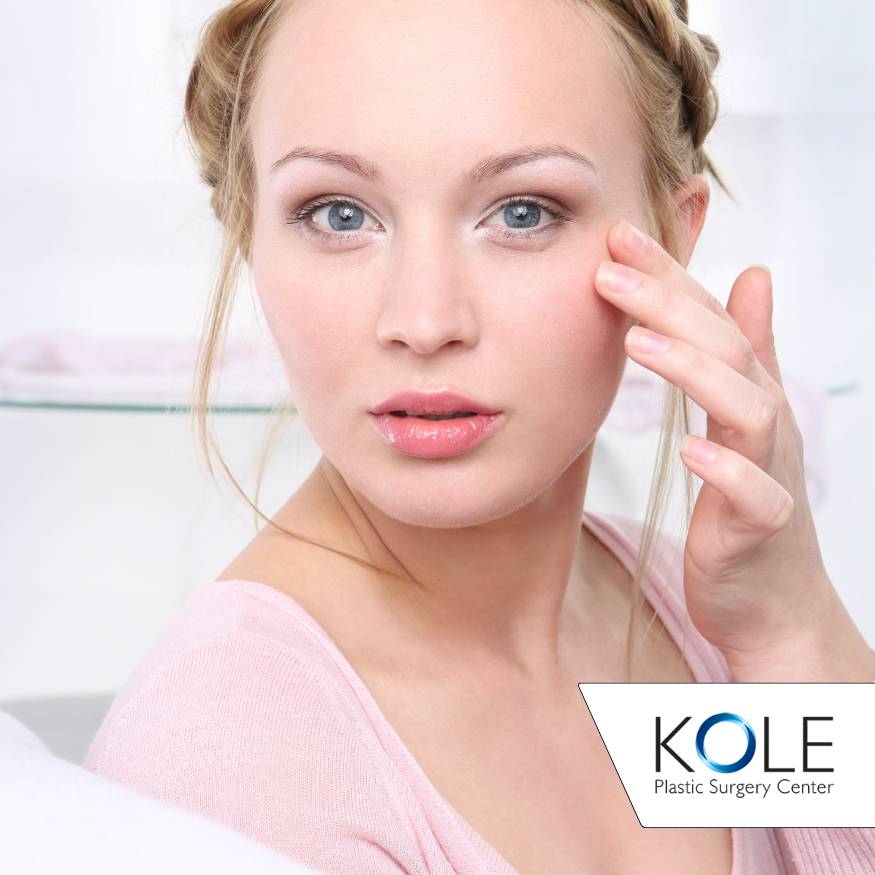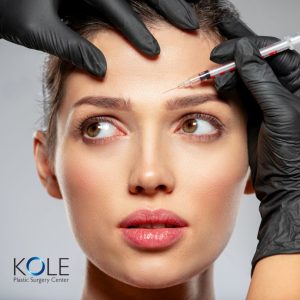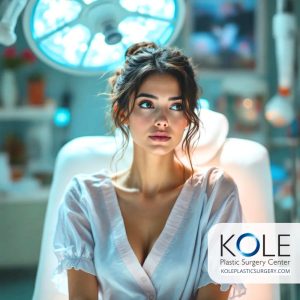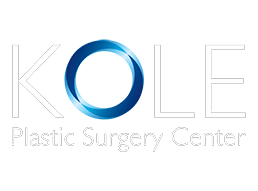Throughout my nearly 30 years as a plastic and reconstructive surgeon, I’ve witnessed the profound impact that eyelid surgery can have on patients over 50. The eyes truly are windows to the soul, and when those windows become obscured by sagging skin or puffy bags, it affects not just appearance but often quality of life. Blepharoplasty, or eyelid surgery, remains one of my most rewarding procedures because patients frequently tell me they finally look as young and vibrant as they feel inside.
The transformation goes beyond aesthetics. Many patients come to my office initially concerned about their tired appearance, only to discover during examination that excess eyelid skin is actually impairing their vision. This dual benefit – functional improvement combined with facial rejuvenation – makes blepharoplasty particularly valuable for the over-50 population.
Understanding How Your Eyelids Change After 50
The aging process affects our eyelids in distinct ways, and understanding these changes helps explain why blepharoplasty can be so effective. As we age, several factors conspire to alter our eyelid appearance. The skin around our eyes is the thinnest on our body – roughly 0.5 millimeters compared to 2 millimeters elsewhere. This delicate tissue loses elasticity and collagen more rapidly than other facial areas.
For upper eyelids, I observe a predictable pattern in my patients. The skin begins to lose its firmness, creating folds that eventually droop over the lash line. The levator muscle, responsible for lifting the eyelid, can weaken, contributing to a condition called ptosis. Fat pads that normally cushion the eye may herniate forward, creating bulges. Some patients develop such significant skin excess that it forms a hood limiting their peripheral vision.
Lower eyelid aging follows a different trajectory. Here, the primary concern is usually fat herniation creating under-eye bags. The orbital septum – a membrane that holds fat in place around the eye – weakens with age, allowing fat to push forward. Simultaneously, we lose volume in the cheek area, which accentuates the appearance of bags. The skin may also develop fine wrinkles and crepey texture, while some patients experience dark circles from visible blood vessels through thinning skin.
According to the American Society of Plastic Surgeons, blepharoplasty procedures have increased by 15% over the past five years, with patients over 50 representing the largest demographic. This surge reflects growing awareness that eyelid surgery offers both functional and aesthetic benefits.
The Dual Benefits: Function Meets Aesthetics
When I consult with patients considering blepharoplasty, I always conduct a thorough evaluation that examines both cosmetic concerns and functional issues. Many patients are surprised to learn their insurance may cover upper eyelid surgery when excess skin impairs vision. During examination, Visual field testing to document any peripheral vision loss caused by drooping eyelids is mandatory for insurance approval.
Functional improvements from upper blepharoplasty can be life-changing. Patients report easier reading, safer driving, and reduced eye strain. One of my patients, a 68-year-old avid golfer, told me he could finally track his ball flight properly after surgery. Another patient, a 72-year-old artist, found her detail work improved dramatically once her peripheral vision was restored.
The cosmetic benefits are equally impressive. Removing excess skin and repositioning or removing herniated fat creates a more alert, youthful appearance. Patients frequently report looking “rested” and receiving compliments about appearing happier or more energetic. The psychological impact shouldn’t be underestimated – when we look refreshed, we often feel more confident and engaged with life.
Recovery Considerations for Mature Skin
One advantage of treating patients over 50 is their realistic expectations and commitment to proper healing. However, mature skin does require special consideration during recovery. I’ve observed that older patients may experience slightly longer healing times compared to younger patients, but this is offset by their typically excellent compliance with post-operative care.
During the first week after surgery, I instruct patients to keep their head elevated, even while sleeping, to minimize swelling. Cold compresses applied for 10-15 minutes every hour while awake help reduce bruising and discomfort. Most patients are pleasantly surprised that pain is minimal – over-the-counter acetaminophen usually suffices for any discomfort.
Bruising and swelling peak around day three, then gradually subside over 10-14 days. Mature skin may show bruising more readily, but this resolves completely with time. I remove sutures at 5-7 days, and most patients feel comfortable returning to social activities with light makeup after two weeks. Complete healing, where scars fade to near invisibility, takes 3-6 months.
I emphasize meticulous sun protection during recovery, as mature skin is more susceptible to hyperpigmentation. Patients must wear broad-spectrum sunscreen and sunglasses whenever outdoors. I also recommend specific eye drops to prevent dryness, which can be more pronounced in older patients during the initial healing phase.
Combining Blepharoplasty with Other Facial Procedures
In my practice, approximately 40% of patients over 50 combine eyelid surgery with other facial rejuvenation procedures. This approach makes sense both surgically and economically – addressing multiple aging concerns simultaneously means one recovery period and often more harmonious results.
The most common combination I perform is blepharoplasty with a facelift. While eyelid surgery addresses the upper third of the face, a facelift targets the lower two-thirds, creating comprehensive rejuvenation. When performed together, I can ensure the results complement each other, avoiding the operated look that can occur when procedures are done piecemeal.
Brow lift surgery also pairs naturally with upper blepharoplasty. Sometimes what appears to be excess eyelid skin is actually caused by brow descent. During consultation, I evaluate brow position carefully to determine whether a brow lift, eyelid surgery, or both would achieve optimal results. For patients with significant brow droop, combining procedures prevents the surprised look that can occur from removing too much eyelid skin without addressing brow position.
Non-surgical treatments complement eyelid surgery beautifully. I often recommend laser resurfacing to address fine lines and texture issues that surgery alone cannot resolve. Injectable treatments like Botox can smooth crow’s feet, while carefully placed fillers can address volume loss in the tear trough area below the eyes.
Gender Differences in Eyelid Aging
While the basic anatomy is similar, I’ve observed distinct patterns in how men’s and women’s eyelids age. Understanding these differences is crucial for achieving natural-looking results that maintain gender-appropriate characteristics.
Women typically seek eyelid surgery to restore a more open, youthful eye shape. They often desire a defined eyelid crease and may request slight elevation of the outer corner for a subtle lift. Female patients usually have thinner skin and less prominent brow bones, allowing for more dramatic improvements in upper eyelid appearance. They’re also more likely to combine blepharoplasty with other procedures and non-surgical treatments.
Men present different challenges and goals. Male patients typically have thicker skin, stronger muscles, and more prominent brow bones. They seek improvement while maintaining masculine features – a lower, less arched brow position and fuller upper eyelids. I’m careful to preserve some upper eyelid fullness in men, as overly hollow eyes can appear feminine. Men also tend to have more prominent lower eyelid bags and often benefit from fat repositioning rather than overaggressive removal to avoid a gaunt appearance.
Interestingly, the American Society for Aesthetic Plastic Surgery reports that male blepharoplasty has increased by 23% over the past decade, reflecting changing attitudes about cosmetic procedures among men.
Insurance Coverage and Vision Benefits
Navigating insurance coverage for eyelid surgery requires understanding the distinction between functional and cosmetic procedures. Upper blepharoplasty may be covered by insurance when documented visual field impairment exists. I work closely with patients to ensure proper documentation when functional issues are present.
Lower blepharoplasty is almost always considered cosmetic and not covered by insurance, as lower eyelid changes rarely affect vision. However, when combining procedures, patients can use insurance coverage for functional upper blepharoplasty while paying out-of-pocket for cosmetic components.
Many patients find that even when insurance covers the functional component, investing in additional cosmetic refinements during the same surgery provides excellent value. This might include addressing the other eyelid, performing fat repositioning, or adding complementary procedures.
Summary and Your Next Steps
Eyelid surgery after 50 offers a unique opportunity to address both functional concerns and aesthetic goals. The procedure can restore peripheral vision, reduce eye strain, and create a more youthful, refreshed appearance that reflects how you feel inside. Key points to remember include:
- Upper and lower eyelids age differently, requiring tailored surgical approaches
- Functional benefits may qualify for insurance coverage
- Recovery in mature skin requires patience but yields excellent results
- Combining procedures can maximize outcomes and minimize recovery time
- Gender-specific techniques ensure natural-looking results
- Both vision improvement and aesthetic enhancement are achievable goals
If you’re considering how blepharoplasty might benefit you, I invite you to schedule a consultation at The Kole Plastic Surgery Center. As a double board-certified plastic and reconstructive surgeon, I’ll perform a comprehensive evaluation to determine whether you’re a candidate for functional coverage and develop a personalized treatment plan for your aesthetic goals.
Contact us at 215-315-7655 to discover how eyelid surgery can help you look as vibrant and energetic as you feel. Your journey to brighter, more youthful eyes begins with a simple phone call.






